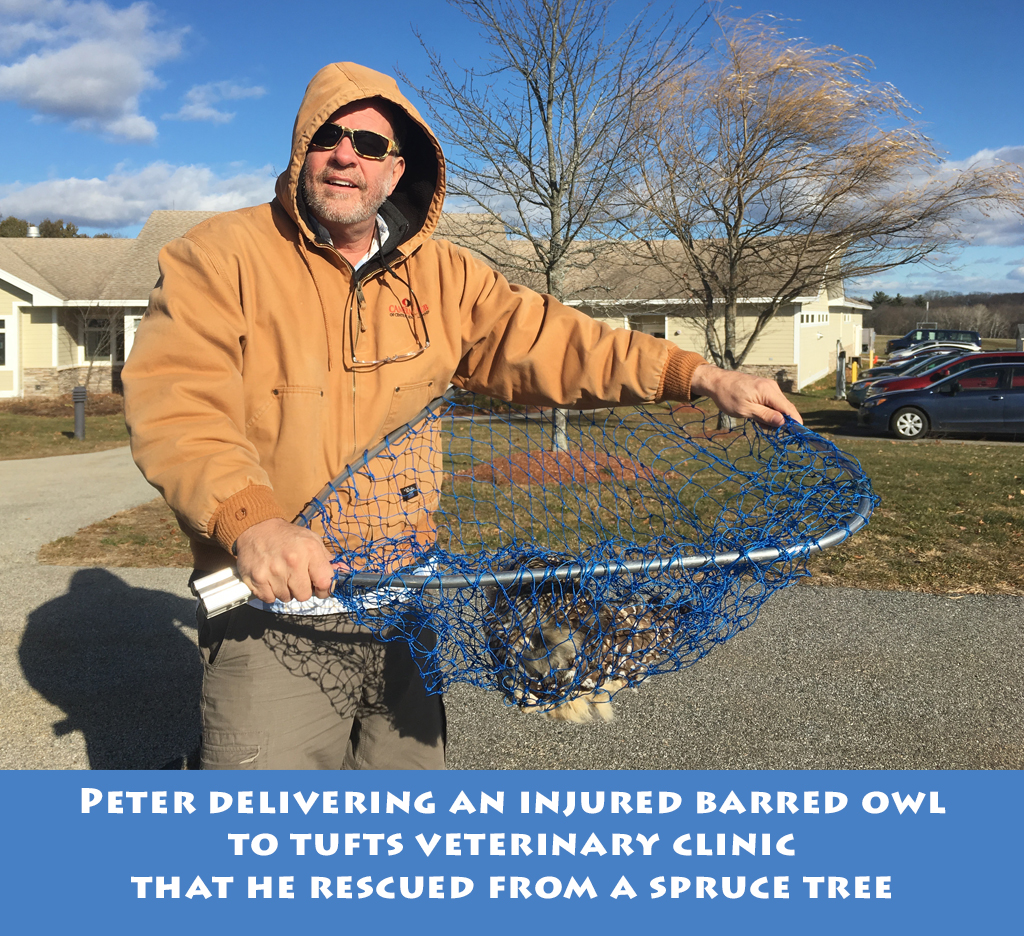 Peter Christoph is a prominent New England wildlife photographer, speaker, and author based in the small coastal town of Hancock Maine. Many winters ago Peter built a rustic cabin along the Tully River on five acres of woods. It was from this base camp that he developed both his love for birds and his skills in photographing them.
Peter Christoph is a prominent New England wildlife photographer, speaker, and author based in the small coastal town of Hancock Maine. Many winters ago Peter built a rustic cabin along the Tully River on five acres of woods. It was from this base camp that he developed both his love for birds and his skills in photographing them.
Peter’s passion for capturing birds in their natural habitat, his technical excellence, and his artistic vision are revealed in his compelling images. His bird images have received widespread exposure in several magazines and magazine covers. By sharing his photos, Peter hopes to help people appreciate, respect, and assist in the conservation of our feathered friends. Peter has taken a special interest in helping to restore the declining American Kestrel population in New England by installing several kestrel boxes in collaboration with the Audubon Society, the Division of Fish and Wildlife, and the Trustees of Reservations.
———————————
 PETER CHRISTOPH BIO (no permission required to copy for Press Release)
PETER CHRISTOPH BIO (no permission required to copy for Press Release)
Peter Christoph is a well-known wildlife advocate, naturalist and award-winning wildlife photographer based in New England. He has a great respect for wildlife and through his presentations seeks to raise awareness of the need to conserve bird habitat. Peter has presented at photography groups nationally and locally, including the Photographic Society of America (PSA), New England Camera Club Council (NECCC,) and several camera clubs throughout New England. He is a regular speaker for the Appalachian Mountain Club, the Audubon society and the National Wildlife Refuge System, as well as numerous birding clubs and dozens of libraries. Peter is past president of the New England Camera Club. He has been the recipient of many prestigious national and international awards and gold medals recognizing his photographic talent. Peter is also responsible for publishing three bird photography books, including his latest “The Art of Bird Photography.”